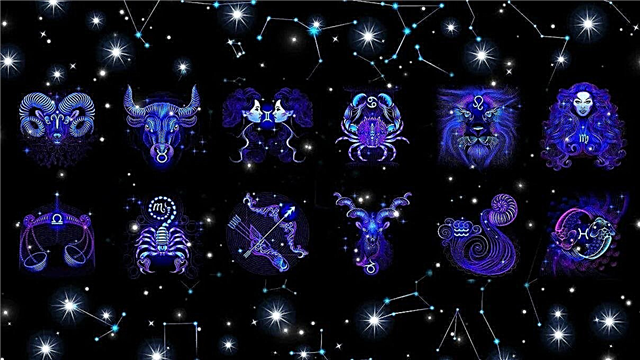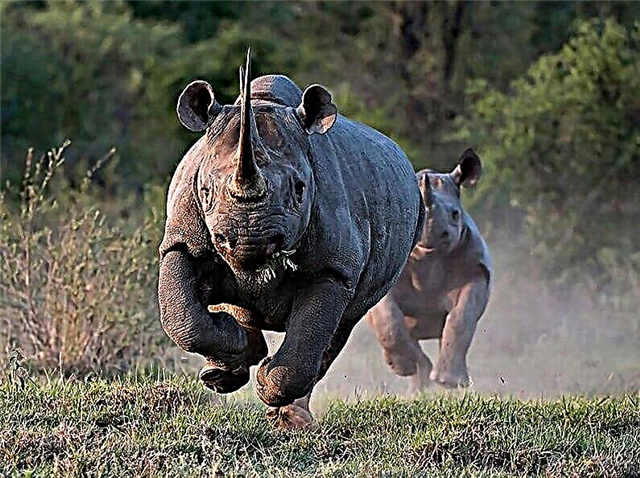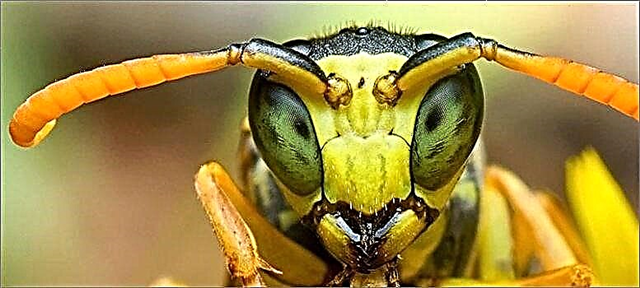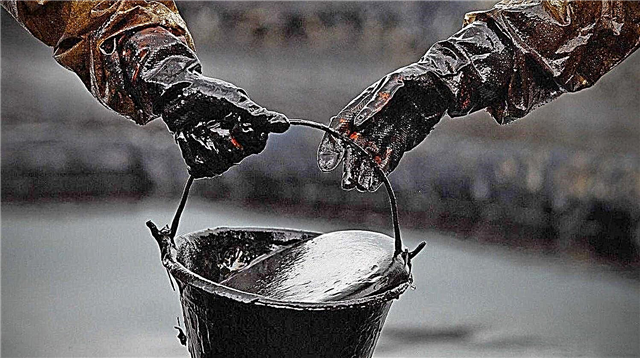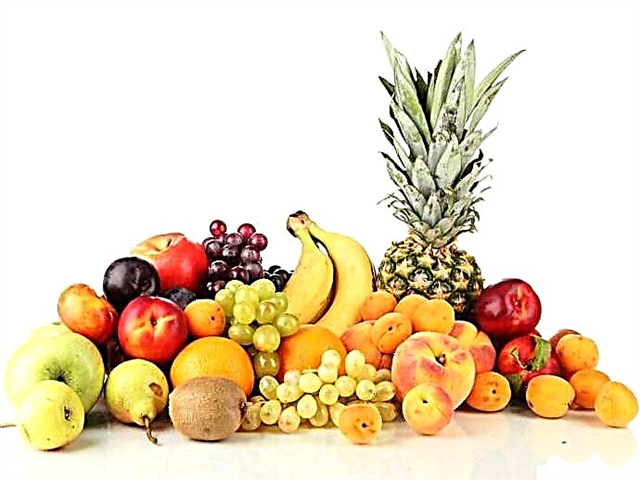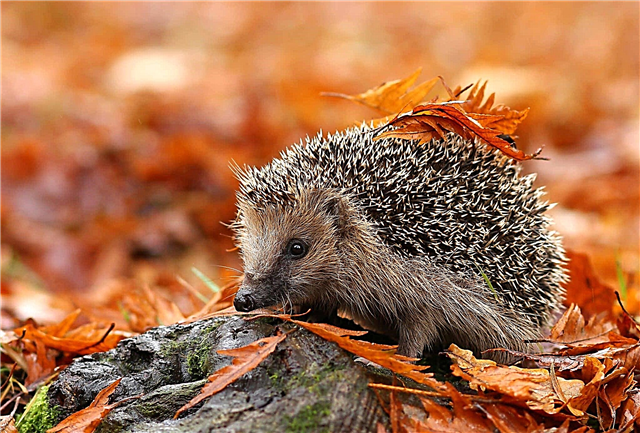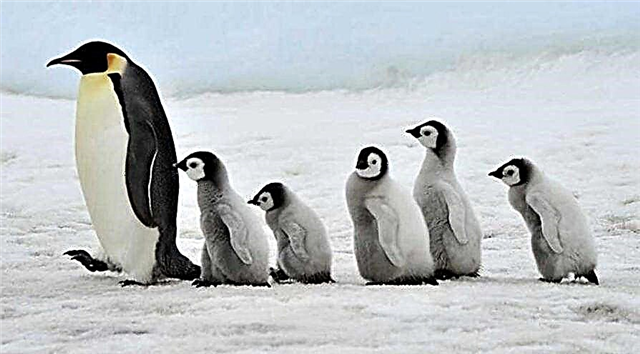
With such diversity and abundance as insects differ, one should not be surprised that they have become the favorite food of many animals, and also eat each other successfully.
A significant proportion of the world's terrestrial birds includes insects in their diet, and some, for example, warblers (Sylviidae and Parulidae), are almost exclusively insectivores. In the temperate zone, the period of nesting of forest birds coincides with the period of the maximum number of insects, since the success of breeding depends on the availability of food. Such insectivorous habits are also characteristic of many mammals.
Physical defense

The most effective defense tactic is an attack: bite the one who attacks, which, perhaps, is really the most appropriate for the circumstances. Some species can also inject a potentially toxic substance at the time of the bite, which is either contained in saliva as a means for their own hunting, or is produced specifically for self-defense.
The corneous structures of a male rhinoceros beetle (Dynastes) from Trinidad serve him in battles with other males of the same species, as well as in attempts to resist predators.
Chemical defense

Many bees and wasps are protected by attack. In this case, the threat comes from the posterior end of the abdomen, carrying a sting in the form of a hypodermic needle. The sting is a modified ovipositor, therefore only females sting. Although a sting injection can cause some pain to a potential adversary, in most cases injecting poison from it is fatal.
While wasps can sting many times, a bee sting usually remains in the body of the enemy and is pulled out of the abdomen, thereby killing it itself.

Another impressive means of chemical defense are famous for bombardier beetles (Brachinus sp). When attacked, these insects living in the ground throw a cloud from the end of the abdomen in excess of hot gas, which can cause severe damage to the attacker (such as a shrew or bird).
Poisons and warning coloring
Many insects, accumulating toxic substances in the body, become inedible, and in some cases really poisonous. In some, these substances are produced by their own bodies, while others, for example, caterpillars, receive toxins from the leaves that make up their normal diet.

It is of little use for an insect to be poisonous if the predator is not notified in advance. Therefore, for the purposes of self-promotion, most poisonous insects are brightly painted in red-orange colors.
Color, pattern and shape as a means of self-defense

Some insects use patterns to bluff or distract attention. The best examples are butterflies and moths. Moths often use color and pattern for masking purposes. Some species represent the bark of trees, others, for example, a silver hole (Phalera bucephala), look like a broken knot.
In this case, the moth is not only colored accordingly, but also folds the wings as needed. The most pronounced case of mimicry of this kind is represented by sticks and leaf-bodies (leaf-shaped), whose bodies are similar to sticks and leaves.

The leaf bodies complete the resemblance with separate specks and holes on the “leaf”, which in fact are the wings and legs of an insect.
Using other devices

Insects such as aphids are too small to effectively protect themselves from predators like a ladybug. Their method of survival is to produce as many offspring as possible. Some of the most inventive aphid colonies use ants to defend themselves, paying them to protect them with sticky, sweet secretions called honey dew, which the ants find a terrific drink.
Houses

Separate small groups of insects are protected by building houses, and not with the help of stings, bites or spikes. A good example is the larvae of certain species of moths, such as an oak leaf moth, whose caterpillar, as the name implies, lives inside a twisted leaf. Larvae of caddis flies actually turned this way of self-defense into their life path. Almost all of these house-building insects live in water, and most of them build shelters in which they spend their entire lives as larvae.
The objectives of the defense are both the quality of the building material and the construction of the house, each of which is unique to this type. Sand grains, sticks, plant leaves, shells are involved.

